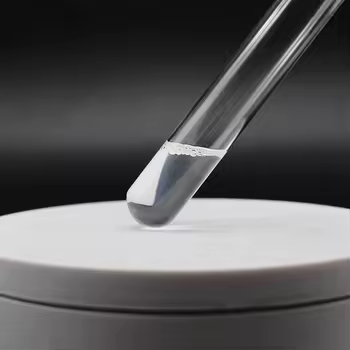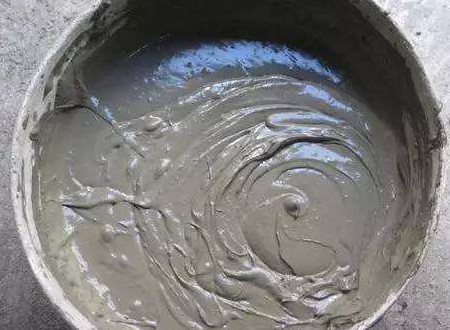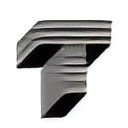Professional solutions on concrete addtives, Concrete Foaming Agent, Superplasticizer, CLC Blocks Additives, and foaming machine
(The use of banana fibre in CLC)
What is Cellular lightweight concrete
The test for compressive strength of banana fibre-reinforced CLC was conducted using a steel mold of size 100 x 100 x 100 mm. The test was conducted based on curing periods of 7, 28, and 56 days. The compressive strength of CLC was determined. This test was conducted with the aid of a GoTech GT-7001-BS300 universal testing machine with a capacity of 3000kN. Three CLC specimens were produced for each testing period, and the average compressive strength for the three was recorded as the compressive strength at each curing period. It was conducted to determine the flexural strength of BFRCLC. The test was conducted using three samples of a specimen size (40 x 40 x 160) mm beam at each curing period of 7, 28, and 56 days. The effective span from the supports of the beam was measured as 120 mm. The average of each of the three specimens was used as flexural strength at each hydration period. This test was conducted as follows. The test was conducted in the laboratory using a GoTech GT-7001-BS300 universal testing machine. The splitting tensile strength of BFRCLC was determined using a cylindrical mold of size 100 mm diameter x 200 mm depth. Three samples of the specimen were produced for each of the curing periods of 7, 28, and 56 days. The average of the three specimens was recorded as the splitting tensile strength of the CLC. This test was conducted to determine the non-destructive velocity of the fibre-reinforced CLC composites produced in the study. The test was conducted on a concrete cube produced for a compressive strength test. The non-destructive test was conducted before the specimen was tested for compressive strength test in all cases at each curing period.
The use of banana fibre in CLC
The use of banana fiber in CLC could also help to improve the thermal, insulating, and acoustic properties of banana fiber-reinforced composites. Banana fiber is a low-cost building material whose production emits little or no CO2 compared to synthetic fiber but rather releases O2 into the atmosphere. Furthermore, CLC is very brittle and fragile, with high shrinkage. Therefore, introducing banana fiber into its matrix could improve its properties, such as fracture toughness. Despite the interesting improvement of mechanical properties and numerous applications of concrete composites by adding banana trunk fiber, to the best of the researcher's knowledge, no study has been conducted or reported for alkali-treated BFRCLC. Previous studies on alkali treatment optimization of coir and oil palm empty fruit fibers focus only on fibers' mechanical and durability properties in composites of CLC. Attempting to bridge these gaps, this research aimed to investigate the mechanical properties of alkali-treated and untreated BFRCLC. This aim incorporated the following objectives: to demonstrate the sourcing, processing, and alkali treatment of locally available banana fiber; to determine the influence of alkali treatment of the banana fibers on the morphology, microstructure, and single fiber mechanical properties; to assess the impact of the alkali treatment on the mechanical properties of the BFRFC composites and to show how the impact of the treatment on single fibers affected the final mechanical properties of the composites; and finally to optimize the percentage concentration of alkali treatment of banana fiber in CLC composites.
The concrete composite compared to untreated fibre reinforced CLC samples
When the fiber was added to the fresh mortar mix, the workability of cement-sand mortar decreased. Results obtained through the flow table test indicate a sharp decrease in the workability of the fresh plain control sample of the concrete composite compared to untreated fiber-reinforced CLC samples. This was due to the hydrophilic nature of the untreated banana fiber surfaces and hydroxyl group compounds, resulting in excessive water absorption and the subsequent reduction in the workability of the untreated BFRCLC. The workability of the fresh untreated BFRCLC mix is lower than the workability of all the treated banana fibre-reinforced composites. The main factor contributing to this variation is similar in the case of plain CLC since untreated banana fiber has high hemicellulose and lignin content. The hydroxyl group content was also higher, resulting in higher moisture absorption than treated fibers at various treatment percentages. Treated banana fibers lost a lot of hemicellulose and lignin and absorbed less water than untreated. Thus, the workability of the untreated banana fiber composites was much lower than that of the treated. The degree of treatment also influenced water absorption and workability. Fibers with a high percentage of NaOH treatment absorbed less water. Hence, they exhibited higher workability than fibers with a lower percentage of NaOH treatment, which absorbed more water and exhibited higher water absorption.
Price of Cellular lightweight concrete
Cellular lightweight concrete particle size and purity will affect the product's Price, and the purchase volume can also affect the cost of Cellular lightweight concrete. A large amount of large amount will be lower. The Price of Cellular lightweight concrete is on our company's official website.
Cellular lightweight concrete supplier
If you are looking for high-quality Cellular lightweight concrete, please feel free to contact us and send an inquiry. (sales@cabr-concrete.com). We accept payment via Credit Card, T/T, West Union, and Paypal. TRUNNANO will ship the goods to customers overseas through FedEx, DHL, by air, or by sea.
(The use of banana fibre in CLC)









